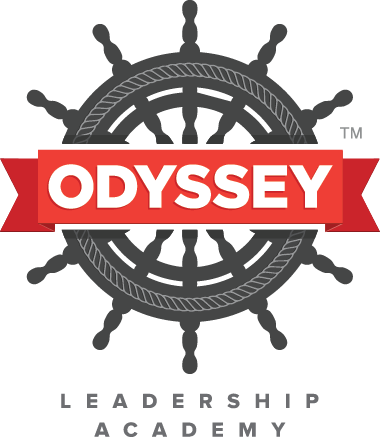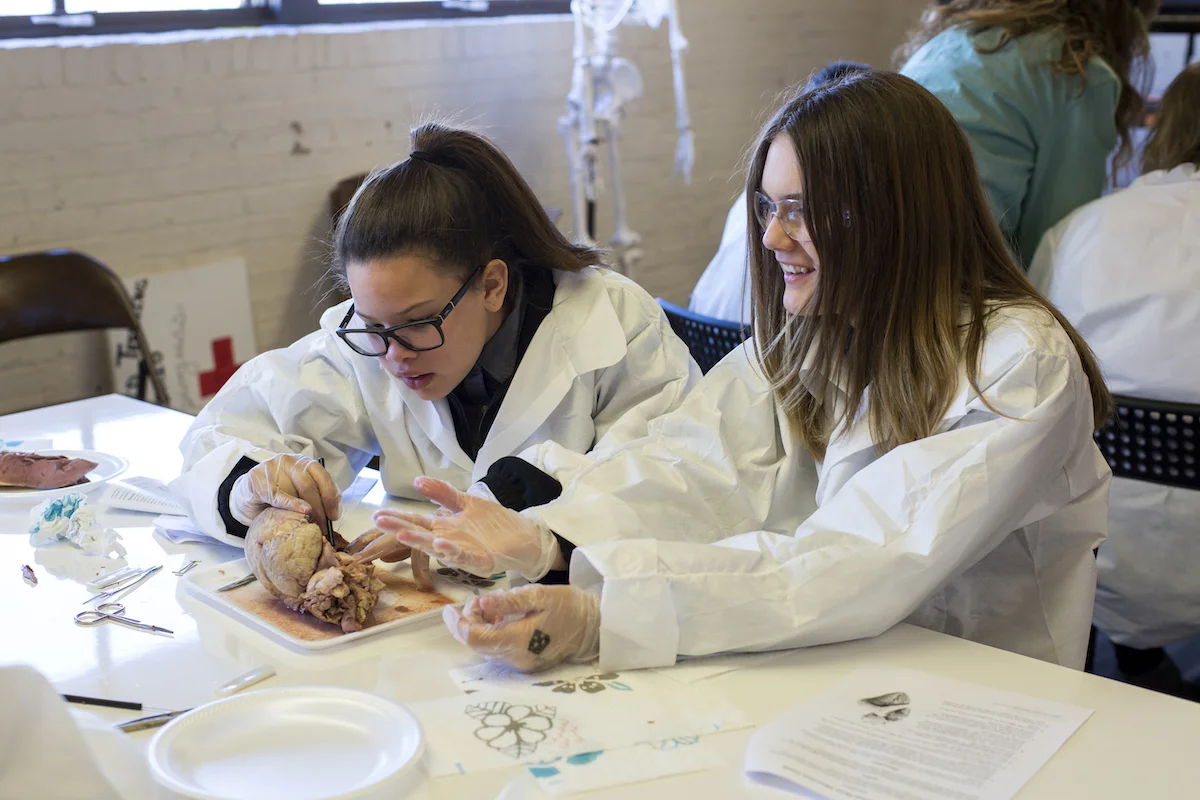COURSE:
Perspectives on Energy
ABOUT:
Energy is the very foundation of the universe. It’s the engine that powers life and fuels human civilization. In Perspectives on Energy, students learn how humanity has harnessed various forms of energy to ensure survival and power their lives. Starting with a basis in the physics, a continual chain of ideas will lead to the familiar processes of in-home electricity and oil/gas that we utilize in everyday life. A special emphasis is given to the energy industry in Oklahoma and to balancing different concerns (social, ecological, economics) pertaining to various forms of energy.
QUESTIONS WE ASK:
“What happens at the molecular level when something burns?"
"Where does most of our energy come from?"
"Will there be enough energy to fuel our future?"
"What are the pros and cons of current energy sources today?”
COURSE:
Neuroscience and the Mind
video of preslie and ashlynn
ABOUT:
From the spectacular growth of the brain in infancy to the act of learning a skill, falling in love, getting a joke, revising an opinion, or even forgetting a name, we now have a much better understanding of what’s going on behind the scenes.
Neuroscience and the Mind provides an in-depth anatomical, physiological, and philosophical look at the brain and its complex relationship with the rest of the body and the mind. This course unpacks the science, psychology, philosophy, and practice of the elusive art of decision-making to get a better understanding of how the brain and body work and what role the brain plays in happiness.
COURSE:
Nutrition & Physiology
ABOUT:
In Nutrition and Physiology, students learn to think about nutrition through the lens of biology, physiology, anatomy, and botany as they explore how food affects the body, the economics of consumption, good vs. bad fats, history of food in society, and the role of food in disease and cures. Students take an in-depth look at how food relates to agriculture, economics, obesity rates, ecology, politics, war, and the human experience. Students learn not only how to eat for a healthier body, they also get to explore the growing trend of urban farming, the politics of food, food deserts, and the role nutrition plays in shaping healthier lives and healthier communities.
READINGS & VIEWINGS:
Fast Food Nation
The Omnivore’s Dilemma
Supersize Me



